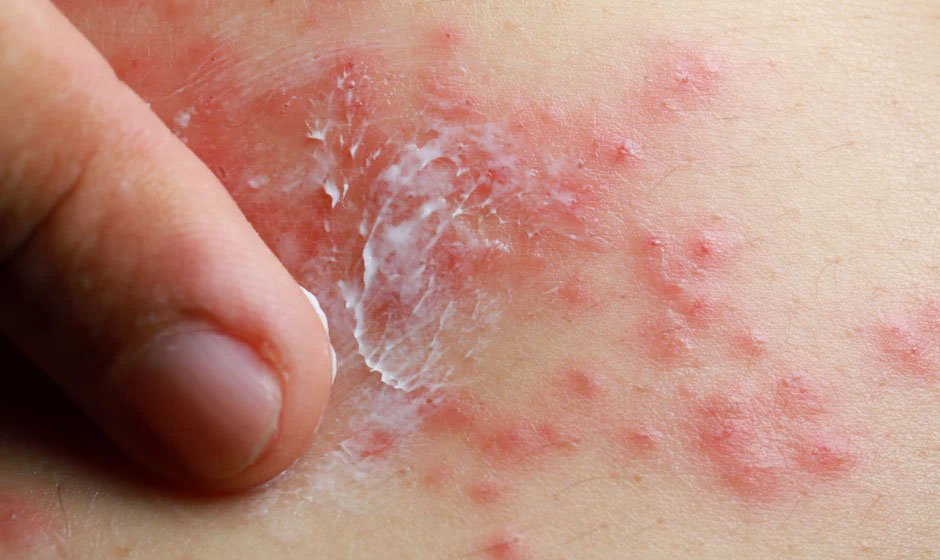In the digital age, social media has become an integral part of the adolescent experience. It has shaped the way teenagers communicate, express themselves, and perceive the world.
According to the AACAP, 90% of teens have used social media. Seventy-five percent have at least one active social media account, and 51% visit a social media site at least once every day. Teens spend over nine hours every day online, not counting homework time.
While these platforms offer unprecedented connectivity, they also wield a profound influence on the developing brain chemistry of teenagers. This has raised concerns about the potential impact on mental health.
In this article, we will explore the relationship between social media, teenage brain chemistry, and mental well-being.
Social Media Addiction and Legal Action
According to Jefferson Health, social media platforms are engineered to be addictive, triggering the release of dopamine—the brain’s pleasure neurotransmitter. Each like, comment, or notification becomes a reward, activating the pleasure-seeking circuit in the teenage brain. However, this constant cycle of reward can lead to addictive behaviors, altering the delicate balance of dopamine and potentially contributing to mood disorders.
In recent years, lawsuits have highlighted the dark side of this dopamine-driven design. TorHoerman Law notes that social media giants have faced legal actions, with plaintiffs arguing that these platforms knowingly exploit psychological vulnerabilities, particularly in adolescents.
More than 40 states are suing Meta, the parent company of Facebook and Instagram, over the perceived harm caused to children and teens. Over 70% of the cases are directed at Meta’s Facebook and Instagram, highlighting concerns about the addictive nature of these platforms. The Facebook and Instagram lawsuit claims that companies were aware of the potential harm, but failed to provide adequate warnings to users.
These lawsuits emphasize the ethical responsibility of social media companies to prioritize user well-being over engagement metrics.
The Role of Serotonin
Teenagers often engage in social comparison on social media, exposing themselves to curated images of peers leading seemingly perfect lives. This constant comparison can result in a decline in serotonin levels, a neurotransmitter crucial for regulating mood.
The impact on self-esteem can be profound, with teenagers experiencing feelings of inadequacy as they strive to match online beauty standards.
Moreover, the serotonin imbalance induced by social comparison may have broader implications for mental health. Studies suggest that chronic serotonin disruptions can contribute to a range of mood disorders, including anxiety and depression.
As teenagers navigate the complex landscape of adolescence, the quest for social validation on social media can aggravate these serotonin imbalances. This can potentially lead to long-term mental health challenges.
Cortisol and the Stress Response
According to Psychology Today, the prevalence of cyberbullying on social media platforms can trigger a chronic stress response in teenagers, elevating cortisol levels. Prolonged exposure to online harassment can contribute to anxiety disorders, impacting both the emotional and physical well-being of adolescents.
This heightened stress response may also have long-term effects on the development of coping mechanisms, potentially leading to future mental health challenges. Furthermore, the link between cyberbullying and cortisol levels underscores the need for comprehensive interventions.
Schools, parents, and social media platforms must collaborate to create a supportive environment that addresses the root causes of cyberbullying. Educational programs focusing on digital citizenship and empathy can play a crucial role in mitigating the stress-inducing effects of online harassment.
Blue Light Exposure and Circadian Rhythms
The use of electronic devices, including social media, before bedtime, exposes teenagers to blue light, disrupting their natural circadian rhythms. This disruption can lead to sleep disturbances, affecting the quantity and quality of sleep.
As sleep is crucial for cognitive function and emotional regulation, these disturbances can have cascading effects on mood. This contributes to mental health challenges in adolescents. Moreover, the impact of blue light on sleep patterns calls for technological solutions.
Developers and device manufacturers can contribute to mitigating this issue by incorporating features that reduce blue light emission during evening hours. Empowering teenagers with the knowledge and tools to manage their screen time, especially before bedtime, can also promote healthier sleep hygiene.
Paradoxical Effects
While social media promises connectivity, excessive use can paradoxically lead to social isolation. The illusion of online connection may replace meaningful face-to-face interactions, hindering the development of crucial social skills. The resulting social isolation can contribute to feelings of loneliness and detachment.
This impacts the mental well-being of teenagers as they navigate the complexities of adolescence. Counteracting social isolation involves fostering digital literacy and promoting responsible social media use.
Educational programs can guide teenagers in establishing a healthy balance between online and offline interactions. Encouraging open communication within families and communities can also help combat the isolating effects of excessive social media use.
The Psychological Toll
Social media addiction in adolescence can result in withdrawal symptoms, akin to substance abuse. The constant need for online validation and connection can lead to anxiety and mood swings when access is limited.
This dependence poses a significant risk to mental health, potentially contributing to depressive symptoms. It also impairs the ability to cope with challenges in the offline world. Recognizing and addressing social media addiction is crucial for preserving the mental well-being of teenagers in the digital age.
Preventing and addressing social media addiction requires a collaborative effort. Schools, parents, and mental health professionals can work together to educate teenagers about the signs of addiction and provide resources for intervention. Creating a supportive environment that values a balanced lifestyle, both online and offline, is essential for mitigating the psychological toll of social media dependence.
Final Word
The pervasive use of social media among teenagers presents a complex interplay between technology and mental well-being. Lawsuits highlight the ethical obligations of platforms, while serotonin imbalances, cortisol elevations from cyberbullying, and disrupted circadian rhythms underscore the impact on brain chemistry.
Social media’s paradoxical effects, from promising connectivity to potential social isolation, necessitate a balanced approach. Recognizing the signs of addiction and fostering digital literacy is crucial in addressing the psychological toll.
Collaborative efforts among schools, parents, and mental health professionals are necessary to navigate the intricate challenges posed by social media.






